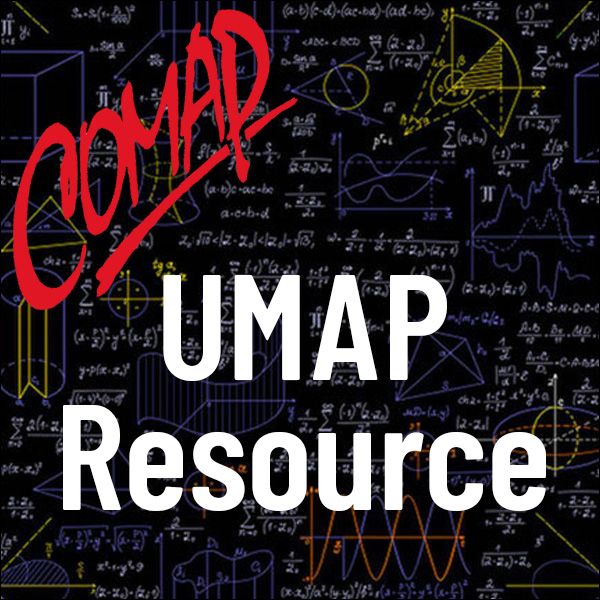The Art of Anonymity: Exploring DC-Nets
Author: Sharad Goel
Introduction
On June 17, 1972 five men broke into the headquarters of the Democratic National Committee at the Watergate, an office-apartment-hotel complex on the banks of the Potomac in Washington, DC. Investigating the botched burglary, Bob Woodward and Carl Bernstein, reporters for the Washington Post, uncovered a trail of illegal "dirty tricks" designed to bring down the President's political rivals-a trail that eventually led to the highest offices of the Executive. Only a handful of people knew the scope of the Nixon Administration's tactics, and even fewer were willing to talk. While Woodward and Bernstein relied on a host of sources to piece together the Watergate puzzle, one individual stands out above the rest: "Deep Throat," a famously cautious informant with access to information even at the White House, a source that for fear of retribution demanded anonymity. (In 2005 W. Mark Felt, who in 1972 had been the second-ranking official at the FBI, revealed that he had been "Deep Throat.")
Afraid that their phones were tapped, "Deep Throat" andWoodward met in underground garages in the middle of the night. To minimize the risk of being followed, Woodward traveled meandering routes and took multiple cabs to reach their clandestine meetings. These precautions were both time-consuming and risky but still did not guarantee anonymity. But was there a better way? Can one ever achieve absolute anonymity?

Mathematics Topics:
Application Areas:
You must have a Full Membership to download this resource.
If you're already a member, login here.